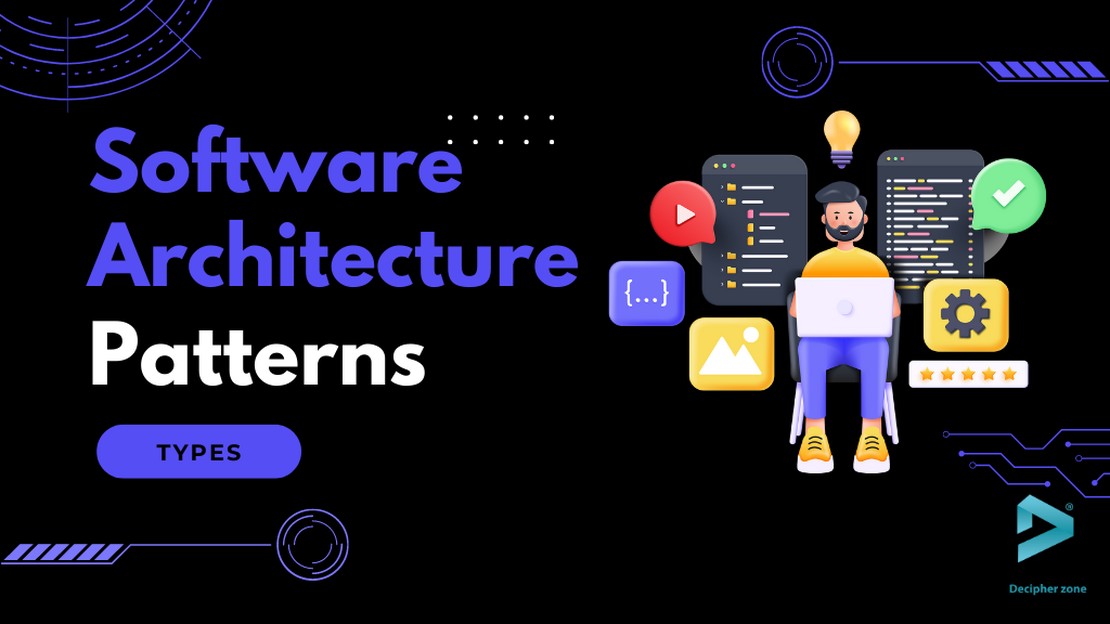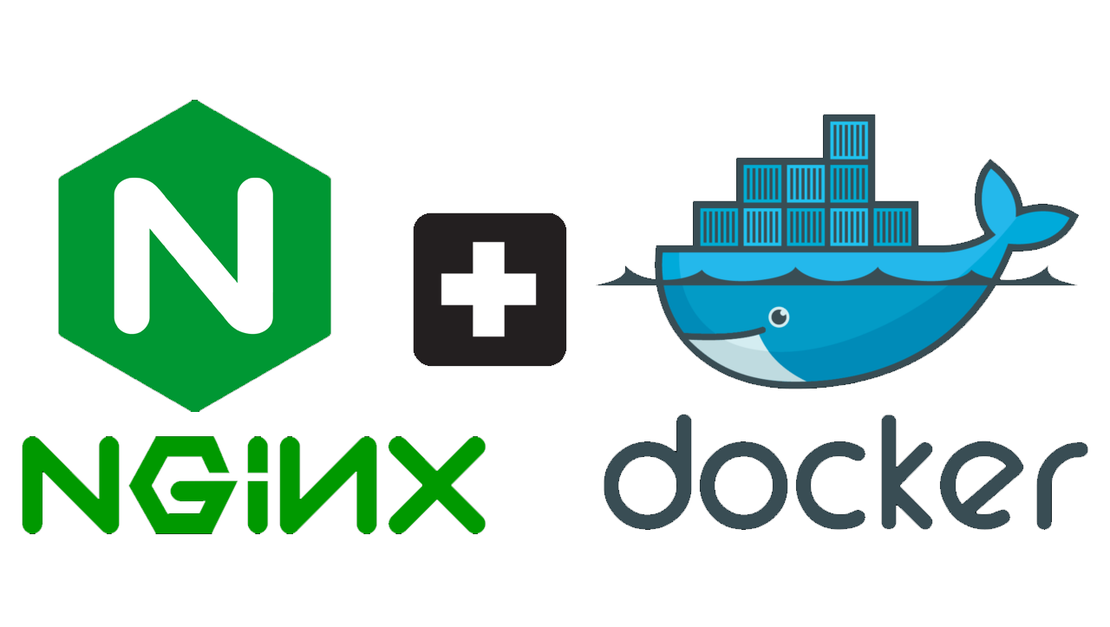
Software Application Architectures
- Harun Bekri
- Technology
- December 11, 2023
In today’s rapidly evolving digital landscape, building applications that are both scalable and performant is crucial. It’s so important to design the application with scalability in mind from the beginning. Choosing the right application architecture pattern can significantly impact your application’s ability to handle increasing workloads, maintain responsiveness, and deliver a seamless user experience.
In this article we will dive into various application architecture patterns and their scalability strengths and weaknesses, providing valuable insights to guide your development decisions.
Monolithic Architecture: Simple but Not Scalable
The monolithic architecture is the most basic and traditional approach. Imagine a house built with all its rooms connected, like a studio apartment. That’s similar to a monolithic architecture. It involves building the entire application as a single unit, with all components tightly coupled and residing within the same codebase and deployment environment.
Pros:
- Easy to build and understand.
- Faster development.
- Easier to monitor and manage.
Cons:
- Scaling up becomes difficult as the application grows.
- A single failure can bring the entire application down.
- Managing a growing codebase becomes cumbersome.
Microservices Architecture: Scalable but Complex
The microservices architecture breaks down the application into small, independent services that communicate with each other over APIs. Imagine like a house with separate rooms connected by hallways. Each room serves a specific purpose, like a kitchen or bedroom. This is similar to a microservices architecture. Each service is responsible for a specific functionality and can be developed, deployed, and scaled independently.
Pros:
- Highly scalable. Each service can be scaled independently to handle increased load.
- More resilient to failures. Issues in one service don’t affect others.
- Faster innovation and easier maintenance. Services can be developed and deployed independently.
Cons:
- More complex to design and implement.
- Debugging across multiple services can be challenging.
- Requires additional management overhead.
- Serverless Architecture: Pay-per-use Scalability
Serverless Architecture: Pay-per-use Scalability
The serverless architecture leverages cloud platforms to handle server management and resource allocation. Imagine renting a room in a hotel. You only pay for the time you use it. This is similar to a serverless architecture. As Developers we write code and deploy it to serverless functions that are triggered by events and handles code execution only when needed, making it cost-effective.
Pros:
- Automatic scaling based on demand.
- No need to manage servers or infrastructure.
- Cost-effective. You only pay for the resources used.
Cons:
- Dependent on the specific cloud platform used.
- Debugging issues within serverless functions can be tricky.
- Less customization compared to traditional architectures.
Choosing the Right Architecture for Your Needs
The choice of application architecture pattern depends on several factors, including your application’s size, complexity, scalability requirements, and development team expertise.
some of the general guidelines are:
- Monolithic architecture: Ideal for small, simple applications with up to 10,000 users.
- Microservices architecture: Suitable for complex applications with high scalability needs and have more than 10,000 users.
- Serverless architecture: Excellent for event-driven applications with fluctuating workloads and cost-efficiency priorities.
Remember, the best architecture is the one that best meets your specific needs and allows you to deliver a high-quality user experience while ensuring long-term sustainability and scalability.


